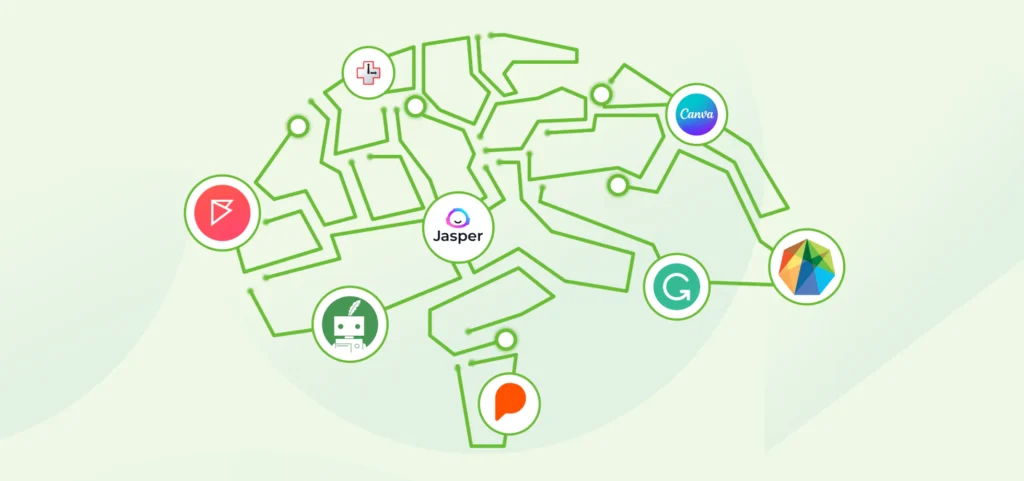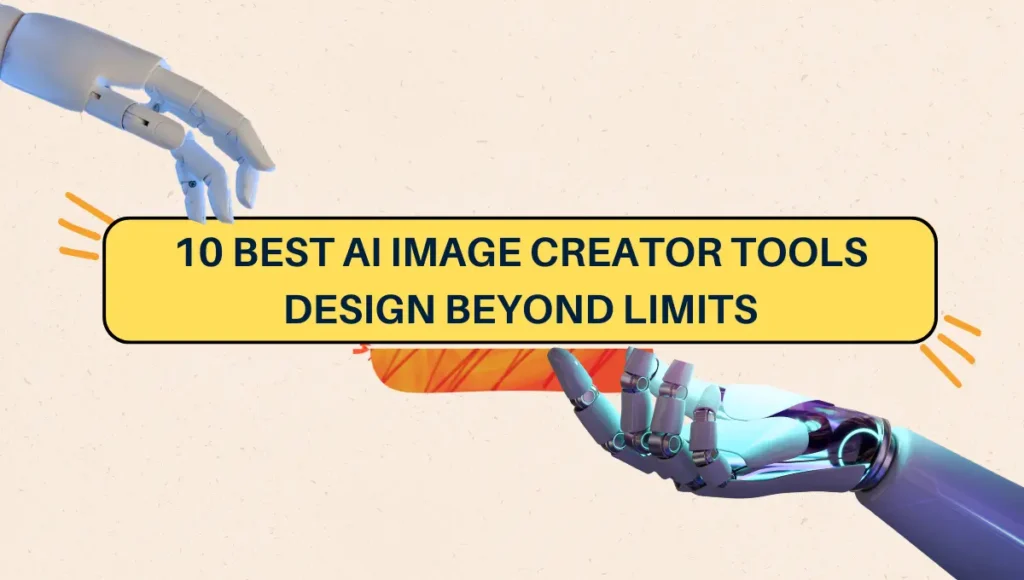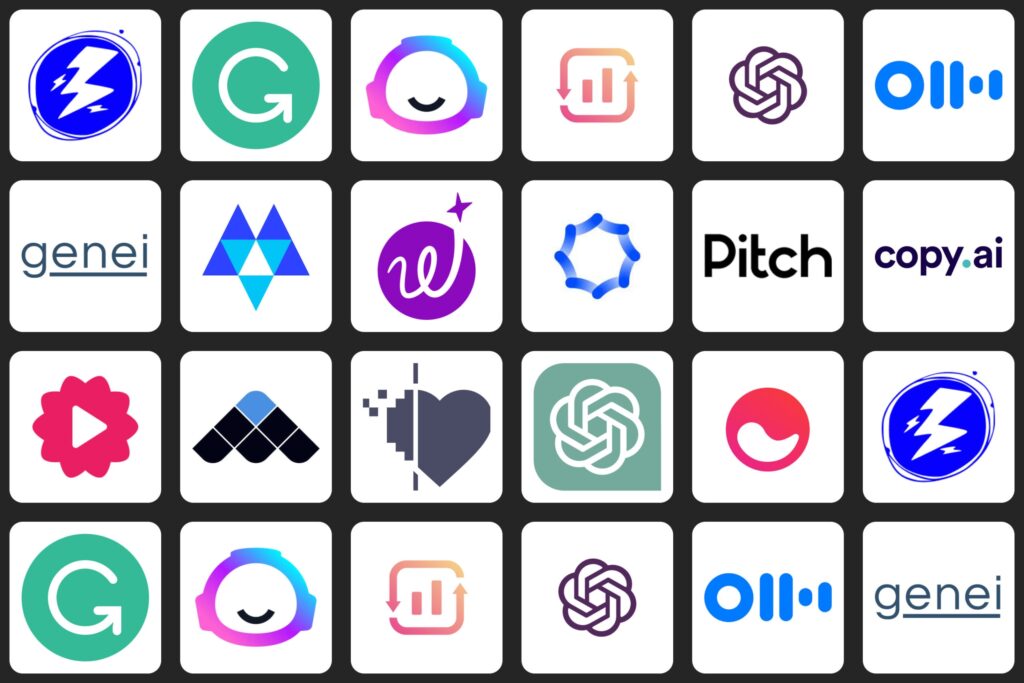Are you ready to elevate your development skills to new heights?
Imagine having a set of AI tools for developers that can automate tasks, enhance productivity, and provide valuable insights for developers like you.
In this article series, we will dive into the world of AI tools for developers designed specifically for you. Get ready to unlock the potential of AI and witness how it can revolutionize your development workflow. Let’s embark on this exciting journey together!
What Are AI Tools for Developers?
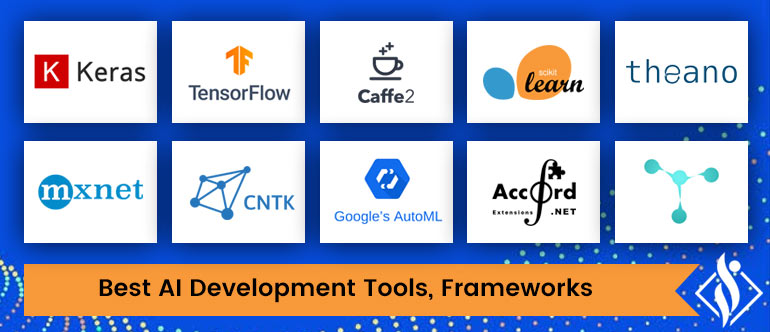
1. AI tools for developers are software applications that use artificial intelligence (AI) and machine learning to assist in various aspects of the development process.
2. AI tools for developers automate repetitive tasks, allowing developers to focus on higher-level problem-solving and creative aspects of development.
3. AI tools for developers help with code generation by automatically writing code snippets or suggesting code structures based on predefined patterns.
4. AI tools for developers assist in debugging by analyzing code and providing insights to identify and fix errors or bugs more efficiently.
5. AI tools for developers can understand and process natural language, making it easier for developers to interact with code through comments, documentation, and user inputs.
6. AI tools for developers automate testing processes, generating test cases and simulating user behavior to ensure software quality and detect potential issues.
7. AI tools for developers aid in performance optimization by analyzing code and providing recommendations for improving software speed, memory usage, and efficiency.
8. AI tools for developers assist in documentation generation, automatically extracting information from code to create comprehensive documentation.
9. AI tools for developers provide code refactoring suggestions to enhance code readability, maintainability, and adherence to best practices.
10. AI tools for developers foster collaboration among developers by facilitating code sharing, code reviews, and knowledge exchange through AI-augmented collaboration platforms.
By leveraging the power of AI, these tools enhance productivity, improve code quality, and streamline the development process for developers.
Top 10 AI Tools for Developers
1. TensorFlow
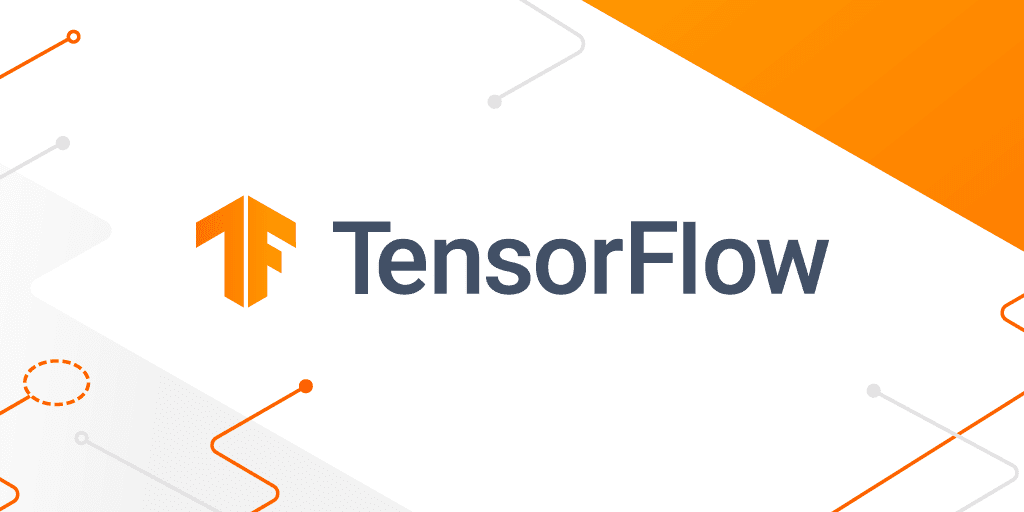
– Feature Extraction: Extracts meaningful features from data using pre-trained models for tasks like image recognition or natural language processing.
– Neural Network Building: Simplifies the creation of deep learning models through a high-level API and ready-to-use layers.
– Distributed Training: Allows for distributed training of models across multiple devices or machines, speeding up the training process.
– Model Deployment: Offers tools to deploy trained models on different platforms, from mobile devices to the cloud.
– TensorFlow Lite: Enables efficient deployment of models on edge devices with limited resources.
2. PyTorch

– Dynamic Computation Graphs: Provides flexibility by allowing the construction of dynamic graphs during runtime, facilitating debugging and experimentation.
– Easy Model Visualization: Offers built-in tools for visualizing and understanding complex neural network architectures.
– GPU Acceleration: Harnesses the power of GPUs for fast model training and inference.
– TorchScript: Converts PyTorch models into a portable and optimized format for deployment in different environments.
– TorchServe: Simplifies model serving and deployment with an easy-to-use model server.
3. Keras

– User-Friendly API: Provides a user-friendly and intuitive API for building deep learning models.
– Model Visualization: Enables easy visualization of model architectures and summary information.
– Pre-trained Models: Offers a collection of pre-trained models for various tasks, allowing developers to quickly leverage them.
– Transfer Learning: Simplifies the process of using pre-trained models as a starting point for fine-tuning or custom tasks.
– Model Deployment: Keras Supports exporting models in formats compatible with different deployment scenarios.
4. Scikit-learn
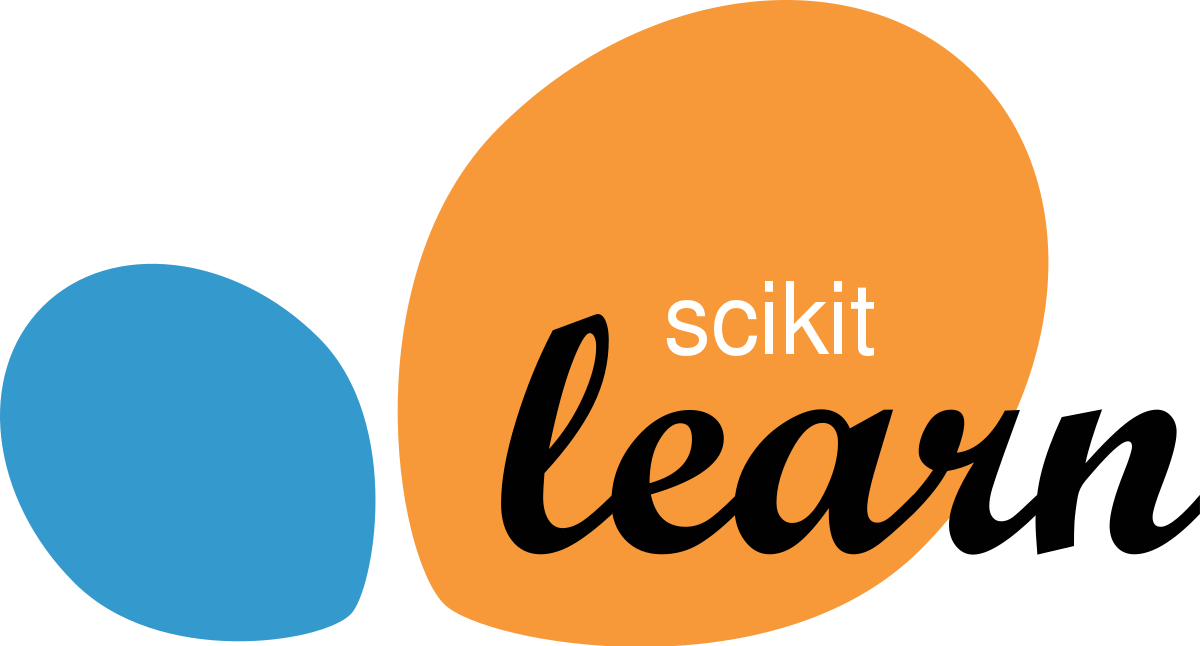
– Broad Range of Algorithms: Scikit learn Provides a comprehensive collection of machine learning algorithms for classification, regression, clustering, and more.
– Easy Integration: Seamlessly integrates with other data processing and visualization libraries, making it easy to build end-to-end ML pipelines.
– Model Evaluation: Offers a wide range of evaluation metrics to assess the performance of machine learning models.
– Feature Selection and Extraction: Provides tools for feature selection, dimensionality reduction, and feature extraction from raw data.
– Model Persistence: Enables easy saving and loading of trained models for future use.
5. Jupyter Notebook

– Interactive Development: Allows developers to create and share documents containing live code, visualizations, and explanatory text.
– Data Exploration: Facilitates data exploration and analysis through interactive visualization and code execution in cells.
– Collaboration: Supports collaboration by enabling the sharing of notebooks with colleagues for joint development and documentation.
– Reproducible Research: Jupyter Provides an environment where code and analysis are combined, ensuring reproducibility of experiments and results.
– Integration with Various Languages: Supports multiple programming languages, making it versatile for diverse development needs.
6. IBM Watson
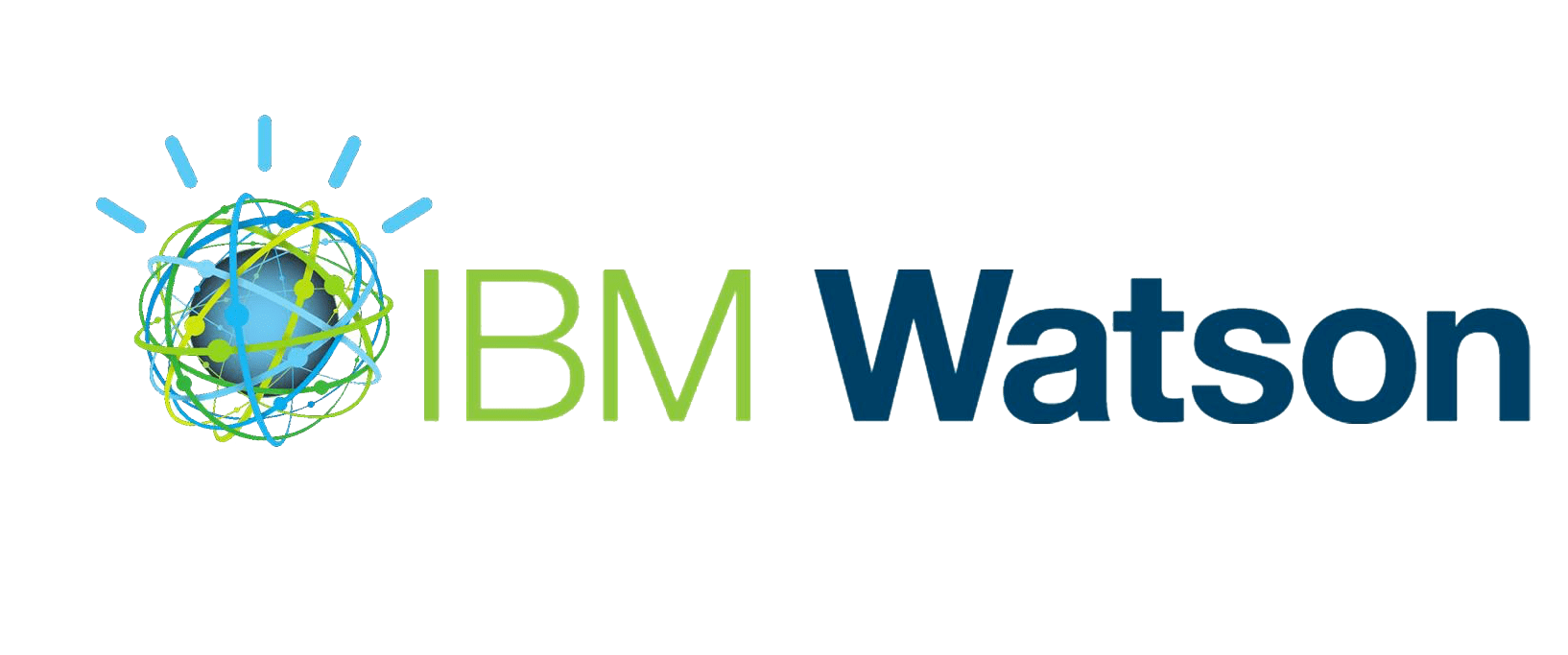
– Natural Language Processing: Offers NLP capabilities for tasks like sentiment analysis, entity recognition, and language translation.
– Chatbot Development: Simplifies the development of chatbots using AI-powered natural language understanding and conversation management.
– Visual Recognition: IBM Watson Provides pre-trained models for visual recognition tasks, enabling developers to build applications that understand images and videos.
– Speech to Text: Converts spoken language into written text, facilitating applications that deal with voice input.
– Text to Speech: Transforms written text into spoken words, allowing developers to create applications with speech output.
7. OpenCV

– Image Processing: Offers a wide range of functions and algorithms for image manipulation, filtering, and analysis.
– Computer Vision: OpenCV Provides tools for tasks like object detection, facial recognition, and optical flow estimation.
– Camera Calibration: Assists in calibrating cameras to remove distortions and improve accuracy in computer vision applications.
– Feature Detection and Extraction: Enables the identification and extraction of features from images for further analysis or matching.
– Video Processing: Supports video input, output, and processing, making it suitable for video analysis and computer vision applications.
8. Docker

– Containerization: Allows developers to package applications and their dependencies into portable containers for easy deployment.
– Version Control: Provides a consistent and reproducible environment, ensuring that applications work consistently across different environments.
– Scalability: Docker Enables applications to scale horizontally by running multiple instances of containers across distributed systems.
– Easy Deployment: Simplifies the deployment process by providing a unified way to package and distribute applications.
– Isolation: Ensures that applications run in isolated environments, preventing conflicts between dependencies and system configurations.
9. Git
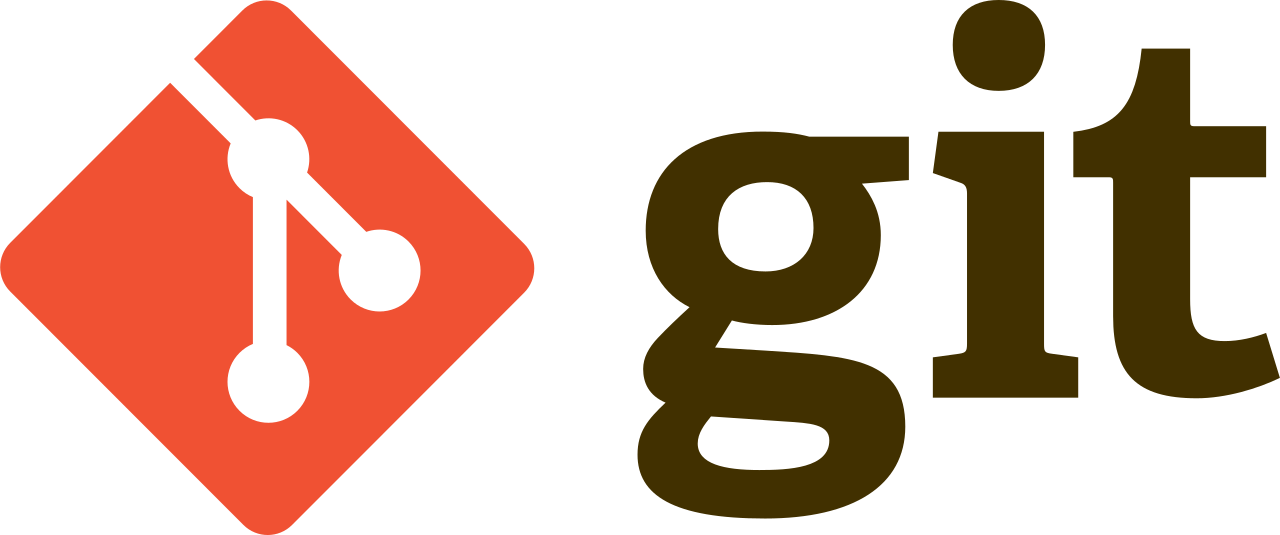
– Version Control: Tracks changes in source code and enables collaboration among developers working on the same project.
– Branching and Merging: Git Supports branching and merging of code branches, facilitating parallel development and code integration.
– Code History: Maintains a complete history of code changes, making it easy to review and revert to previous versions if necessary.
– Collaboration: Facilitates team collaboration through features like pull requests, code reviews, and issue tracking.
– Remote Repositories: Enables the hosting of code repositories on remote servers, making it easy to share and collaborate with others.
10. IntelliJ IDEA

– Intelligent Code Editor: Provides code completion, syntax highlighting, and other intelligent features to enhance developer productivity.
– Advanced Debugging: IntelliJ IDEA Offers powerful debugging tools, including breakpoints, variable inspection, and step-by-step execution.
– Plugin Ecosystem: Supports a wide range of plugins for different programming languages and frameworks, extending its functionality.
– Refactoring Tools: Simplifies code refactoring tasks, such as renaming variables, extracting methods, or changing class hierarchies.
– Project Management: Provides features for managing and organizing development projects, including version control integration and project templates.
These features highlight the capabilities of the top 10 AI tools for developers, showcasing their functionality and benefits in building, testing, deploying, and managing applications.
Pros and Cons of Using AI Tools for Developers
Pros of Using AI Tools for Developers:
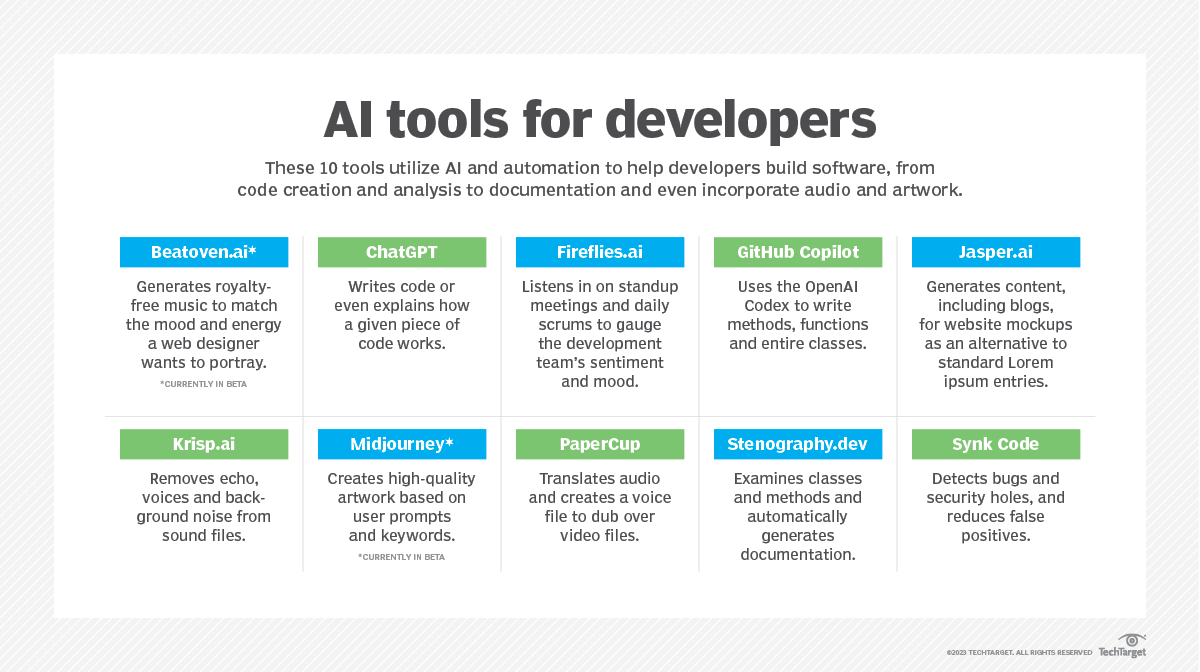
- Increased Efficiency: AI tools for developers automate repetitive and time-consuming tasks, allowing developers to focus on more complex and creative aspects of development.
- Improved Accuracy: AI tools for developers can analyze code, identify errors, and provide suggestions, leading to improved code quality and reduced bug occurrences.
- Faster Development Process: By automating various tasks, AI tools for developers accelerate the development process, enabling faster delivery of software projects.
- Intelligent Insights: AI tools for developers provide valuable insights and recommendations based on data analysis, helping developers make informed decisions.
- Enhanced Productivity: With the assistance of AI tools, developers can accomplish more in less time, resulting in increased productivity and output.
- Access to Pre-trained Models: AI tools for developers often provide access to pre-trained models, enabling developers to leverage advanced functionalities without starting from scratch.
- Collaborative Development: AI tools for developers facilitate collaboration by allowing developers to share code, track changes, and work on projects simultaneously.
- Continuous Learning: AI tools for developers can continuously learn from data and improve their performance, providing developers with up-to-date and advanced capabilities.
- Error Prevention: AI tools for developers can proactively identify potential errors or vulnerabilities in code, helping to prevent issues before they occur.
- Broad Application: AI tools for developers have diverse applications in various development domains, such as image recognition, natural language processing, and data analysis, making them versatile and adaptable.
Cons of Using AI Tools for Developers:

- Learning Curve: Some AI tools for developers may have a learning curve, requiring time and effort for developers to become proficient in using them effectively.
- Lack of Human Creativity: AI tools for developers lack the human creativity and intuition that come from human developers, which may be essential in certain development tasks.
- Potential Bias: AI tools for developers are trained on data, and if the training data contains biases, the tools may perpetuate or amplify those biases in their recommendations.
- Overreliance on Automation: Overreliance on AI tools for developers without human oversight can lead to a lack of critical thinking and a potential disconnect from the actual problem-solving process.
- Dependency on Data Quality: AI tools for developers heavily rely on quality data for training and analysis, and if the data is inaccurate or incomplete, the results and recommendations may be compromised.
- Ethical Considerations: The use of AI tools for developers raises ethical concerns, such as data privacy, algorithmic fairness, and the potential impact on employment.
- Lack of Contextual Understanding: AI tools for developers may struggle with understanding the context or specific requirements of a particular project, leading to less accurate recommendations.
- Potential Compatibility Issues: Integrating AI tools for developers into existing development workflows may require additional effort to ensure compatibility with existing systems and processes.
- Limited Customization: Some AI tools for developers may have limited customization options, restricting developers from tailoring the tools to their specific needs or preferences.
- Cost Considerations: Depending on the tool and its features, there may be associated costs for licensing, subscription, or infrastructure requirements, which can impact budget considerations.
These pros and cons highlight the benefits and considerations when utilizing AI tools for developers in the development process. Developers should evaluate the specific needs of their projects and consider these factors to make informed decisions about integrating AI tools for developers into their workflows.
Final Thoughts on Using AI Tools for Developers
By harnessing the power of AI tools for developers, you can streamline their workflows, enhance productivity, and unlock new possibilities in software development. Embracing these tools while recognizing their limitations allows developers to harness their full potential and drive innovation in the ever-evolving technology landscape.
1. Empowering Development: AI tools for developers empower developers by automating tasks, enhancing productivity, and providing intelligent insights to streamline the development process.
2. Efficiency Boost: With AI tools for developers, you can accomplish tasks faster and more efficiently, allowing you to focus on higher-level problem-solving and innovation.
3. Improved Code Quality: AI tools for developers help improve code quality by identifying errors, suggesting improvements, and reducing the likelihood of bugs or vulnerabilities.
4. Time Savings: By automating repetitive tasks, AI tools for developers free up developers’ time, enabling them to allocate more energy to critical aspects of development.
5. Enhanced Collaboration: AI tools for developers foster collaboration among developers by facilitating code sharing, version control, and providing a centralized platform for teamwork.
6. Accessible Advanced Features: AI tools for developers often provide access to advanced features and pre-trained models, enabling developers to leverage cutting-edge capabilities without extensive expertise.
7. Continual Learning: AI tools for developers can learn from data and adapt, keeping developers updated with the latest techniques, trends, and best practices.
8. Versatile Applications: AI tools for developers have diverse applications across various domains, from image recognition to natural language processing, expanding the possibilities for developers.
9. Developer-Centric Solutions: Many AI tools for developers are designed with developers in mind, offering user-friendly interfaces and documentation to ensure ease of use and adoption.
10. Balance with Human Expertise: While AI tools for developers offer significant benefits, it’s important to maintain a balance with human expertise and creativity, as developers bring unique insights and problem-solving skills to the table.
No, AI tools are designed to assist and augment human developers, not replace them. These tools enhance productivity, automate repetitive tasks, and provide intelligent insights, but the creativity, problem-solving skills, and human judgment of developers are still essential. The complexity of using AI tools varies. While some tools may require advanced programming skills, many are designed with user-friendliness in mind, offering intuitive interfaces and clear documentation. Developers of different skill levels can find AI tools suitable for their needs. AI tools can benefit developers of all sizes, from individual developers to large development teams or enterprises. The scalability and adaptability of these tools make them accessible and valuable for developers across various projects and organizations.FAQs
Can AI tools for developers replace human developers?
Do AI tools require advanced programming skills to use?
Are AI tools only beneficial for large development teams or enterprises?
